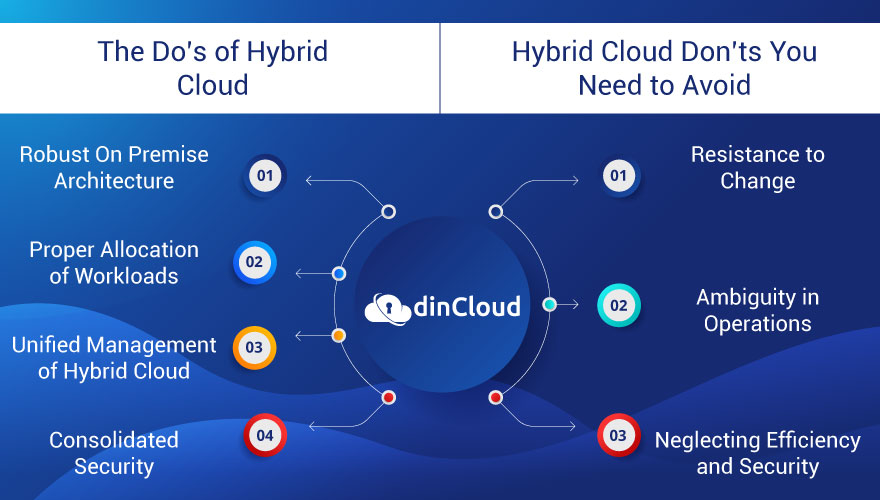TECH
Hybrid Cloud Operations With RPA – The Relevance and Benefits


Convergence of Robotic Process Automation (RPA) with new age technologies such as Cloud has unlocked many innovative possibilities. Enterprises have to continue the use of legacy systems due to different strategic reasons ranging from those being vendor/client preferred or inherited from mergers & acquisitions or simply because the cost of migration is beyond budget. Here RPA brings all legacy systems on the same plane as ERPs and acts as the greatest leveler with RPA-on-Cloud simply taking this technology to the next level. Though Cloud is looked at with some skepticism, the risks can be easily mitigated by using forward-looking technologies available today. Let us see how this hybrid framework is relevant in a dynamically changing business ecosystem.
Read More:
https://kaalama.org/read-blog/162799
https://kaalama.org/read-blog/162809
https://kaalama.org/read-blog/162816
https://kaalama.org/read-blog/162826
https://kaalama.org/read-blog/162832
The Critical Path:
A few might know that RPA on Cloud is the “Critical Path” to quick deployment, fast roll-out, and a quick return on investment. Furthermore, it extends RPA usability by manifolds and across geographies. Consider a data augmentation exercise across wider geographical regions for example, where the enterprise has its ERP system on Cloud besides an on-premise system. Here, RPA is appended to the ERP that retrieves information from various modules to augment and process data and connects with the on-premise databases only as and when required in order to save turn-around-time.
Read More:
https://kaalama.org/read-blog/162837
https://kaalama.org/read-blog/162842
https://kaalama.org/read-blog/162843
https://kaalama.org/read-blog/162844
https://kaalama.org/read-blog/162846
RPA PaaS:
Let us see an example where RPA is hosted on Cloud in the form of a platform. Cloud inherently helps the enterprise to make infrastructure rationalizations by taking their brick and mortar operations to a highly scalable computing platform and yet monitor the operations anytime anywhere. The business can still retain its core strategic operations on-premise and take only the routine operations and acquired systems to the cloud if so preferred. Now consider RPA being deployed on this cloud. RPA as PaaS provides an automated and ready-framework to upload your data from where the processes are automatically executed to deliver the end result. The difference between on-premise and on-cloud RPA is that the latter framework gets tremendous compute power and is executed within a fraction of the time required for on-premise RPA execution.


